Samsung Galaxy S21 Ultra review: Ultra in every sense of the word
The South Korean giant has gone big again with an extravagant, and expensive, handset
-
+
Massive display
-
+
High performance
-
+
Outstanding camera technology
-
-
Expensive

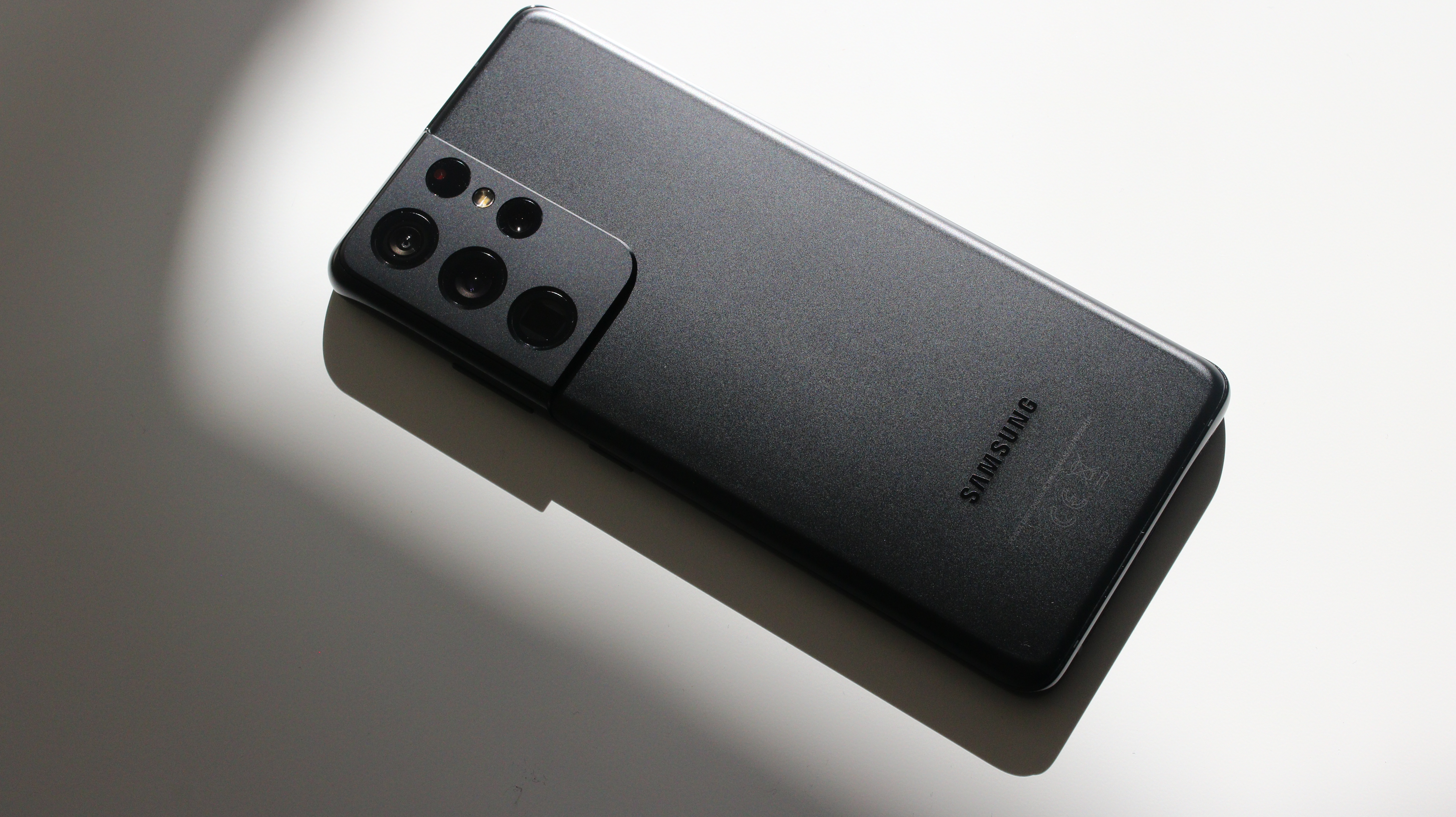


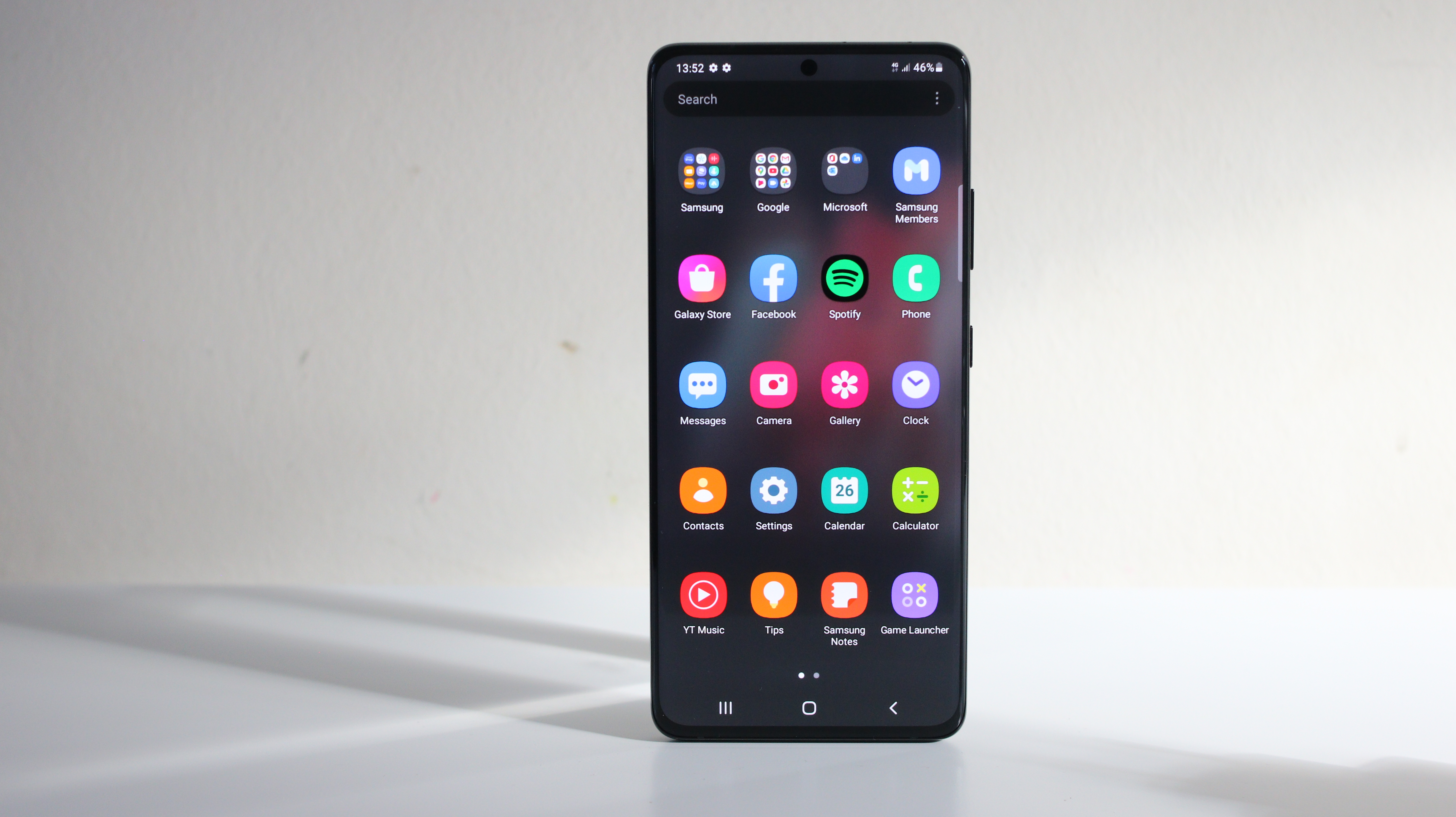
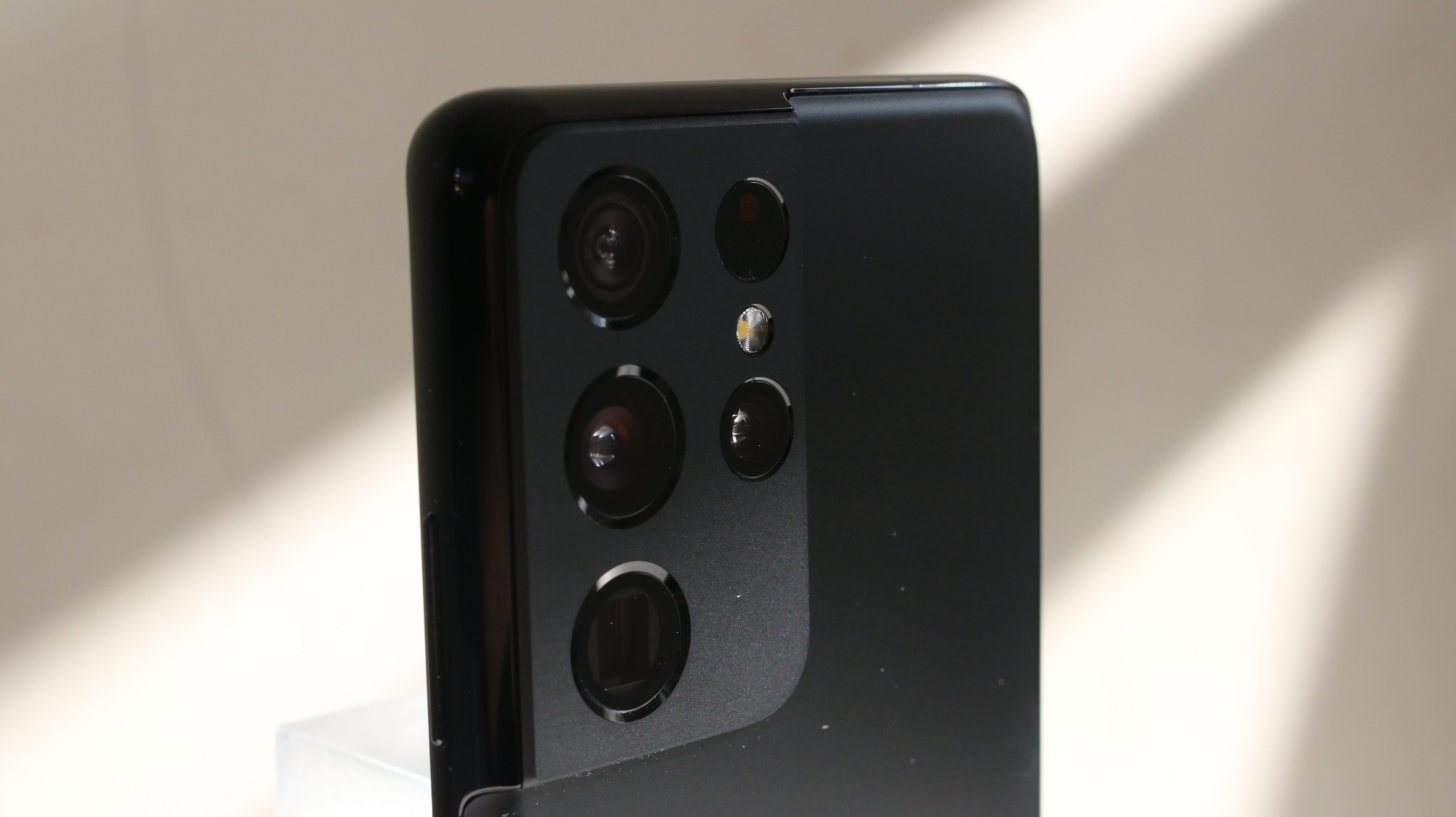

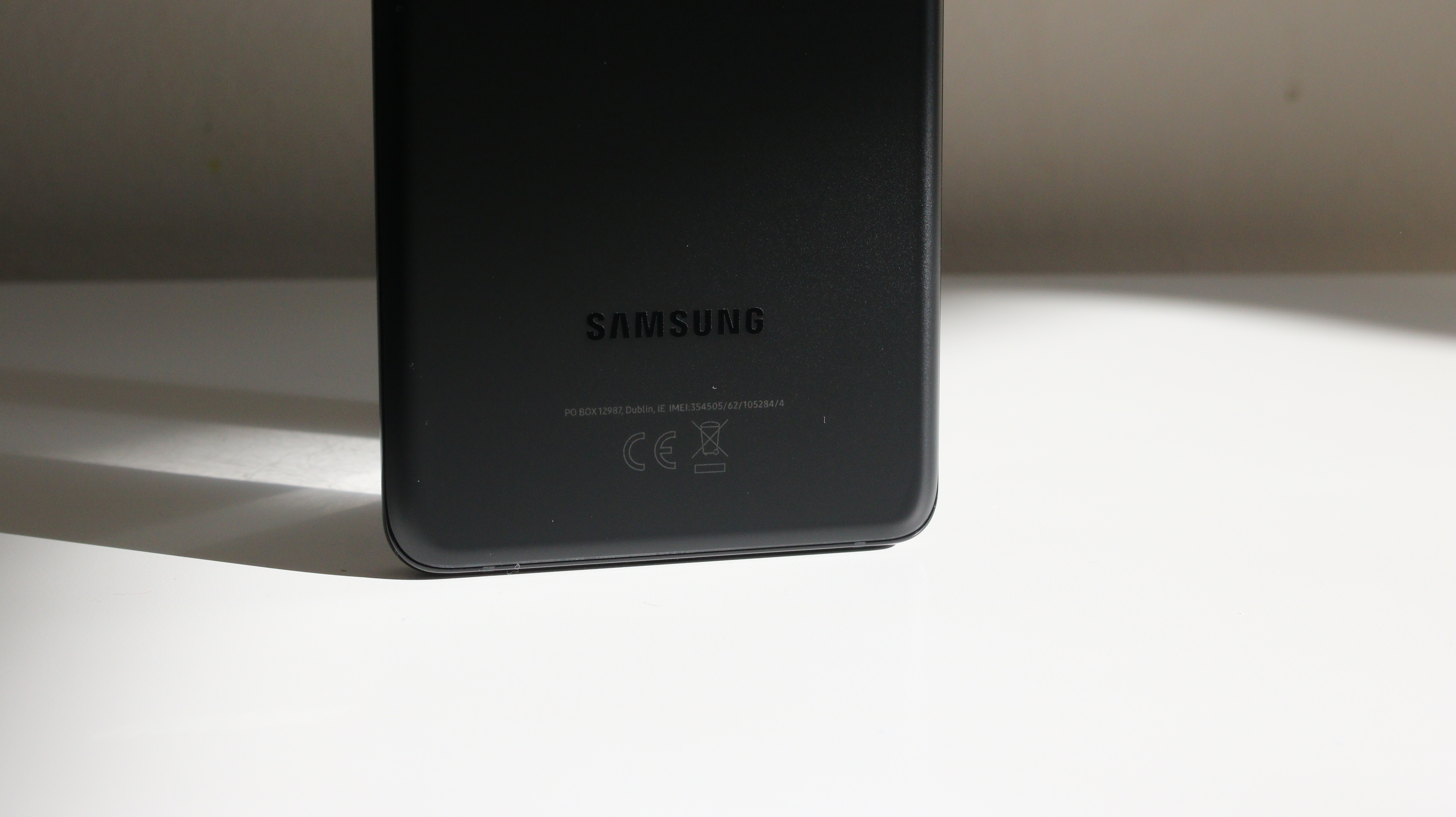
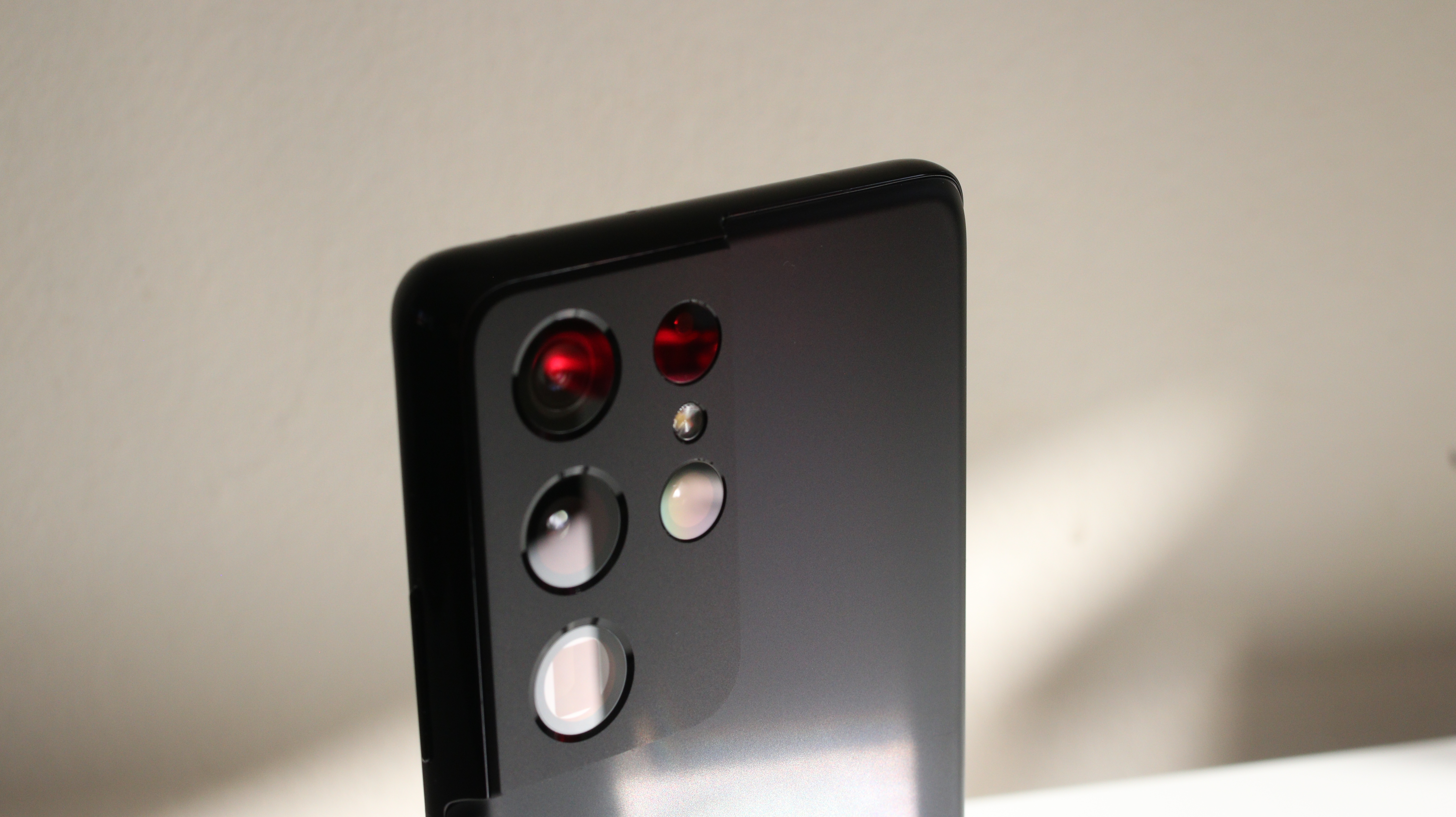


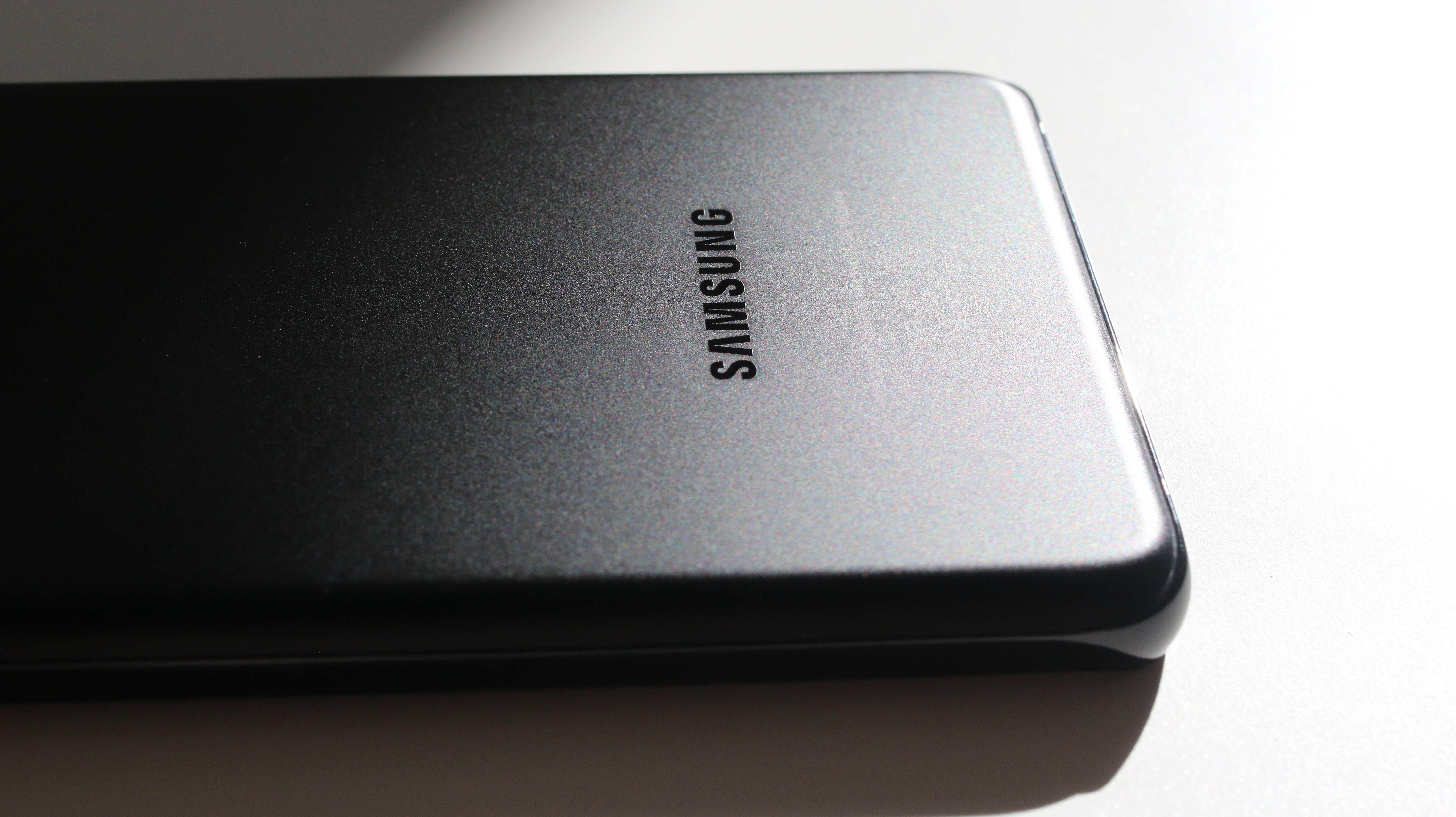

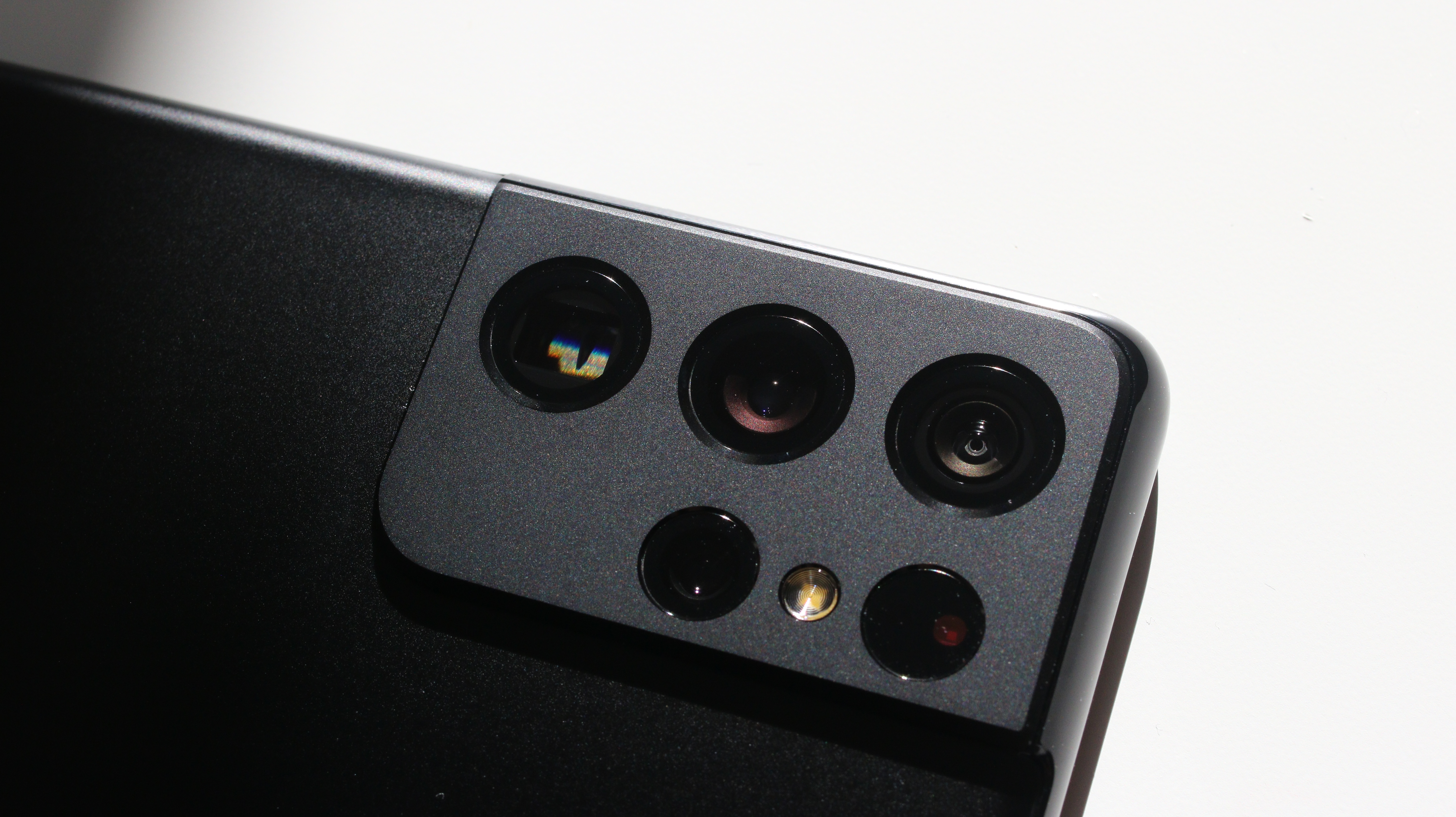

Samsung's Galaxy S21 Ultra is its third attempt at an 'Ultra-sized' device, following on from last year's S20 Ultra and Note 20 Ultra, and this giant handset now looks like a mainstay of its flagship range. It completely dwarfs the standard and 'plus' models in both size and quality. Simply put, if you want the best processor, display and camera technology Samsung has to offer, you need to go Ultra.
Samsung Galaxy S21 Ultra review: Design
Samsung is a master of creating subtle designs that still stand out. Our S21 Ultra review unit is black with a matte finish; the whole thing is rather understated, particularly when you consider how shiny other handsets are, like the Huawei Mate 40, or even the iPhone 12. But the S21 Ultra doesn't need two-tone colours: it's a stunning vision under any lighting.
The camera module is particularly elegant as it wraps around the top corner of the device and blends seamlessly into its aluminium chassis. Unlike the glass panel that housed the S20's lenses, there's more detail around each individual lens. It's a far more arresting sight and arguably the most pleasing camera design currently available. The design may also be a bit tougher than previous models as it's made with Corning's Gorilla Glass Victus, which is said to be the company's toughest version yet. This includes scratch resistance and the capability to withstand drops of up to 2 metres.
As its name suggests, the Ultra is a big slab-like phone that stretches the pocket, which might put people off. The S20 Ultra had a width of 76mm, while the Note Ultra was bigger still at 77.2mm. Thankfully, the S21 Ultra is actually slimmer at just 75.6mm, but it's still quite a cumbersome handset weighing in at 227g.
Samsung Galaxy S21 Ultra review: Display

One of the main reasons to get a big old phablet is that they have such massive screens and very few can match what is on the S21 Ultra. It has a 6.8in WQHD+ AMOLED display with 1,440 x 3,200 resolution, 515-pixel density and a silky smooth 120Hz refresh rate. It is possibly the best screen available, edging ahead of the iPhone 12 thanks to its higher refresh rate.
Excluding the slight dip in form with the Note 20 Ultra, Samsung has a history of pulling out superb display scores. In our calibrator tests, under the 'Vivid' display setting, the S21 Ultra hit a near-perfect 99.2% for sRGB colour coverage. Its brightness also peaked at 866.2 cd/m2 under the same settings. However, that went up to a blinding 1,478cd/m2 on HDR video playback.
The only phone that can compete here is the largest model of iPhone 12 (the Pro Max). The standard iPhone 12 can proudly boast similar brightness levels, but for sheer size and quality, the S21 Ultra has the best display currently available. Once you start using it, you'll notice a stark difference in quality with every other screen you have around the house, be it TV, laptop or tablet.
Sign up today and you will receive a free copy of our Future Focus 2025 report - the leading guidance on AI, cybersecurity and other IT challenges as per 700+ senior executives
Samsung Galaxy S21 Ultra review: Specs and performance
Behind that super display is the almighty Exynos 2100 processor. Like Huawei's Kirin 9000 and Apple's A14 Bionic, this has been developed using a 5nm process, which now appears to be the market standard. US versions of the S21 Ultra will have Qualcomm's Snapdragon 888, but there's an argument here that UK users might get the better deal. For years, Samsung's US customers have had faster Qualcomm processors, compared to their British counterparts. However, Samsung has beaten the chip giant to the 5nm process and that has led many to believe the balance has swung in the UK's favour.

In our GeekBench 5 tests, the UK Ultra really impressed with its multithreaded performance notching 3,549. That's 24% faster than the S20 Ultra, but still a little off the iPhone 12. We have to say that you shouldn't pick one over the other simply based on the power scores though, as both are a little bit ridiculous in that regard. It's like arguing over whether to get Superman or the Hulk to help you move a couch; both are going to be more than strong enough to get the job done.
There's also an option to expand from 12GB of RAM to 16GB, which is a little obscene. 12GB is excessive to begin with - most laptops offer a mere 8GB and all iPhone 12 models have a puny 6GB. We couldn't put the S21 Ultra under enough pressure to truly stress its capabilities, so the idea of bumping it up to 16GB is frankly laughable.
Samsung Galaxy S21 Ultra review: Battery
While there's a significant performance boost with the S21 Ultra, its battery life is not much different compared to its predecessor. This is because it has the exact same 5,000mAh battery. The S20 Ultra scored well in our looped video test, lasting 22hrs 12 mins and the S21 Ultra bested that by just 12 minutes.
Constant use of the 120Hz display setting still takes a toll on the battery, though; we found it just about makes it to the end of the day. Dropping down to the 60Hz gets you into a second day of use. Whatever setting you do use, you'll find the S21 Ultra has more staying power than most. Only Samsung's budget M31 and its monster 30-hour battery life can beat it, but that phone hasn't got anywhere near the right credentials to be a decent comparison in other respects.
Samsung Galaxy S21 Ultra review: Features

Samsung has filled its biggest phone with a lot of features, many of which come as part of its Android skin. Multiple apps can be used in split-screen mode - they can even be converted into little floating windows - and you can also turn on a sidebar to access the calendar.
The usual features are all here too; security such as facial recognition, an in-screen fingerprint sensor and Samsung Knox. For connectivity, it's 5G enabled, with Wi-Fi 6E and Bluetooth 5.2 support. There's also IP68 water resistance, as well as a battery of charging features including 25W fast-charging, 15W wireless charging and reverse power-sharing.
Thankfully the dedicated Bixby button has not returned, but the eponymous assistant is still the default here and pops up if you hold the 'home' button for too long. The major "new" feature is that the S21 Ultra has, for the first time, been given S-Pen compatibility. It doesn't come with one in the box - like the Note range - but you can get one for as little as £34.
When a phone is this big, you need an intuitive 'single-handed' mode. Like last year, the Ultra has a pretty good one. It simply reduces the display to a smaller box so your thumb can do more. The only issue this year is that it seems to be harder to get into with the 'gesture' setting. While holding the device in one hand, you need to swipe down the bottom of the screen to pull it into the single-handed mode. We found this tricky to get right with such a big handset. You can, of course, simply double-tap the square icon, but we would have preferred a quick and easy gesture.
Samsung Galaxy S21 Ultra review: Camera(s)
The S21 Ultra is shamelessly excessive in all areas, none more so than its camera setup. Unlike the triple camera array on the S21 and the S21+, the Ultra comes with four main lenses; a 12MP ultra-wide camera, a 108MP wide snapper and two 10MP telephoto lenses. There's also a beefed-up 40MP selfie cam on the front.

With the telephoto lens set to its 10x maximum zoom, you can capture detailed images from far away. This is mainly thanks to its 'Zoom Lock' software which is represented as a little yellow box in the corner of the display. It uses AI to focus the lens for you and can capture some very impressive images. They're still a little noisy at maximum zoom, though - our shot of the moon wasn't completely clear. It's also only available in the standard settings; you can't shoot with the maximum zoom in Pro Mode, for instance.
Whatever lens you shoot with, the S21 Ultra comes back with colourful and crisp images. The portrait mode is particularly good and the whole system is very simple. Switching lenses, modes and magnification is so easy peasy, it really does enable amateur photographers to take pictures like professionals.
Samsung Galaxy S21 Ultra review: Verdict
If you like big phones, the only issue you'll have with the Samsung S21 Ultra is the price. It costs £1,199 outright - or £64 per month on a Vodafone contract - and that might be difficult to justify in the current market. It really depends on what you want in a smartphone, because Xiaomi's Redmi Note 10 Pro has a few of the same specs - like a 108MP camera and 120Hz refresh rate - but for around £800 less.
However, if you have the cash and want the biggest and best smartphone technology, the S21 Ultra is where it's at. The iPhone 12 doesn't have 120Hz, Huawei phones don't have Android, and Google is content with its mid-market Pixel 5. Simply put, the Samsung S21 Ultra is unparalleled.
Samsung Galaxy S21 Ultra specifications
| Processor | Exynos 2100 |
| RAM | 12GB, 16GB |
| Screen size | 6.8in |
| Screen resolution | 1440 x 3200 pixels, 20:9 ratio |
| Pixel density | 515ppi |
| Screen type | AMOLED, 120Hz, HDR10 |
| Front camera | 40 MP, f/2.2 |
| Rear camera | 108 MP, f/1.8, 10 MP, f/4.9,10 MP, f/2.4, 12 MP, f/2.2 |
| Dust and water resistance | IP68 |
| 3.5mm headphone jack | No |
| Wireless charging | Yes |
| Connection type | USB-c |
| Storage options | 128GB, 256GB, 512GB |
| Memory card slot | No |
| Bluetooth | 5.2 |
| NFC | Yes |
| Cellular data | Yes |
| Dual SIM | Yes |
| Dimensions (WDH) | 165.1 x 75.6 x 8.9 mm |
| Weight | 227 g |
| Operating system | Android 11, One UI 3.1 |
| Battery size | 5,000 mAh |
Bobby Hellard is ITPro's Reviews Editor and has worked on CloudPro and ChannelPro since 2018. In his time at ITPro, Bobby has covered stories for all the major technology companies, such as Apple, Microsoft, Amazon and Facebook, and regularly attends industry-leading events such as AWS Re:Invent and Google Cloud Next.
Bobby mainly covers hardware reviews, but you will also recognize him as the face of many of our video reviews of laptops and smartphones.
-
 OpenAI says GPT-5.2-Codex is its ‘most advanced agentic coding model yet’ – here’s what developers and cyber teams can expect
OpenAI says GPT-5.2-Codex is its ‘most advanced agentic coding model yet’ – here’s what developers and cyber teams can expectNews GPT-5.2 Codex is available immediately for paid ChatGPT users and API access will be rolled out in “coming weeks”
By Ross Kelly Published
-
 NHS supplier DXS International confirms cyber attack – here’s what we know so far
NHS supplier DXS International confirms cyber attack – here’s what we know so farNews The NHS supplier says front-line clinical services are unaffected
By Emma Woollacott Published
-
 Two Fortinet vulnerabilities are being exploited in the wild – patch now
Two Fortinet vulnerabilities are being exploited in the wild – patch nowNews Arctic Wolf and Rapid7 said security teams should act immediately to mitigate the Fortinet vulnerabilities
By Emma Woollacott Published
